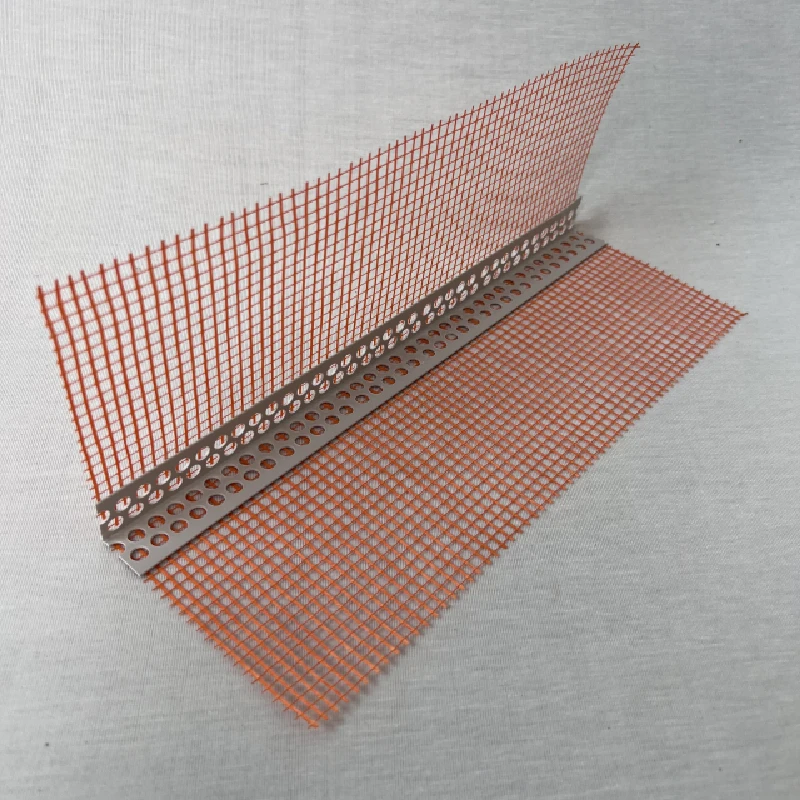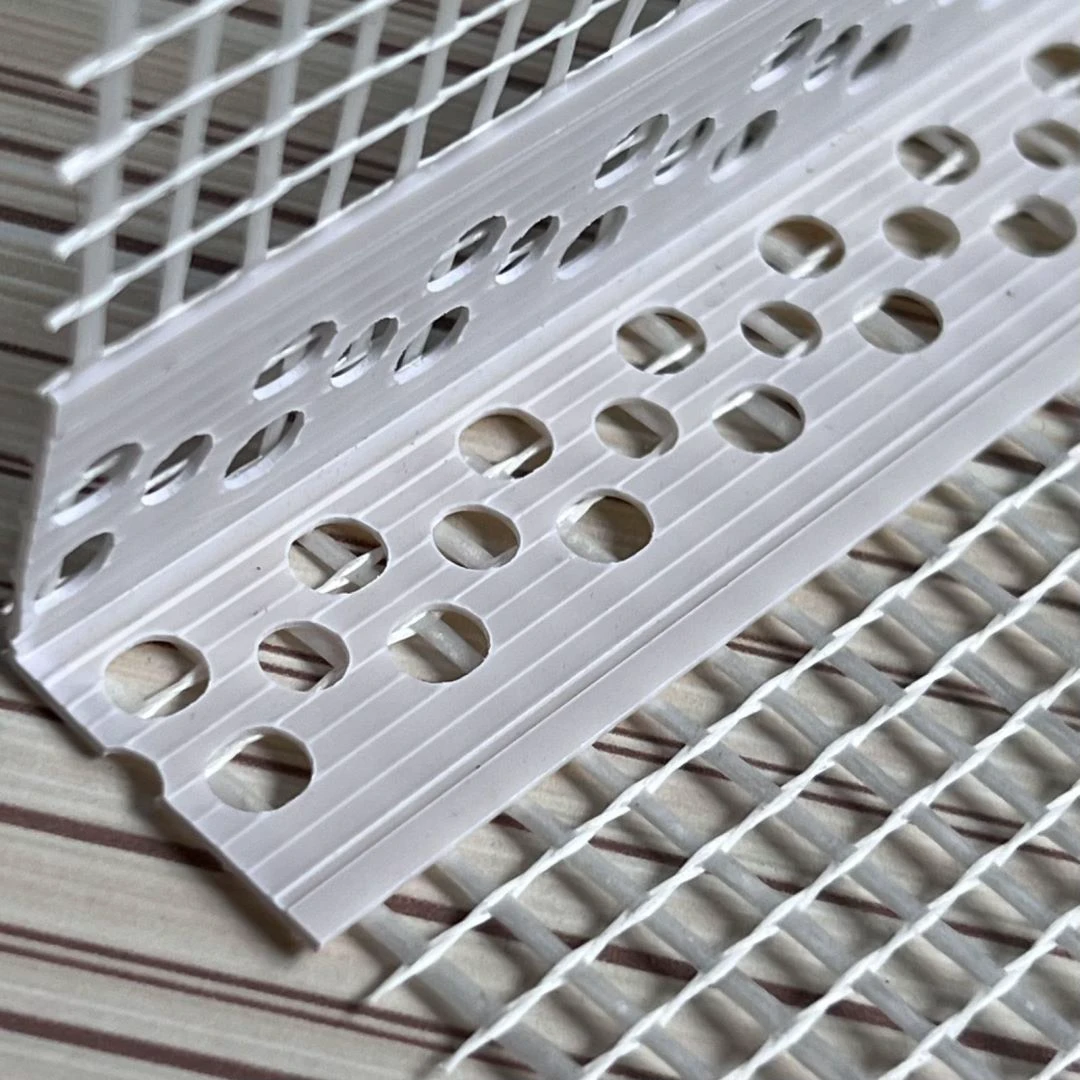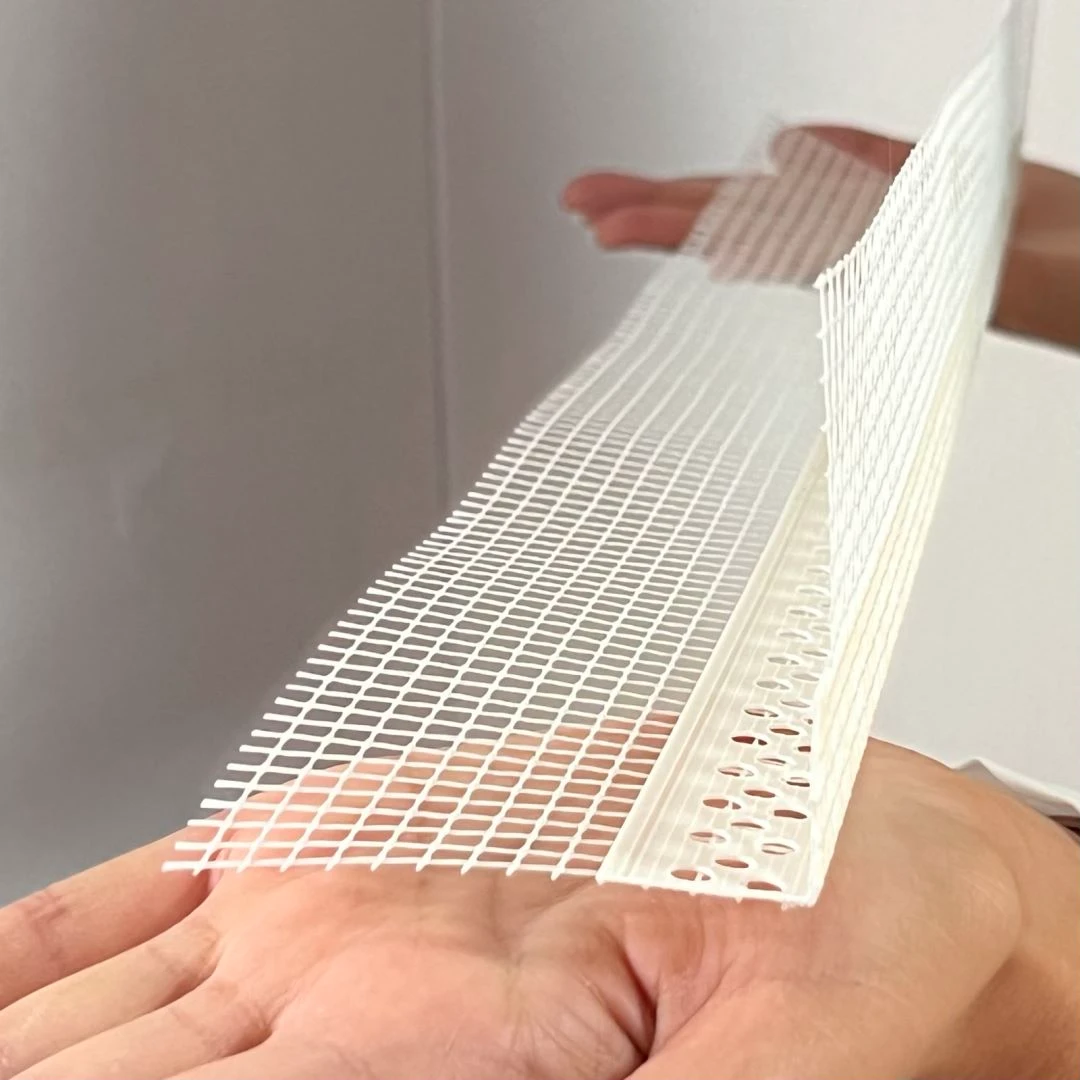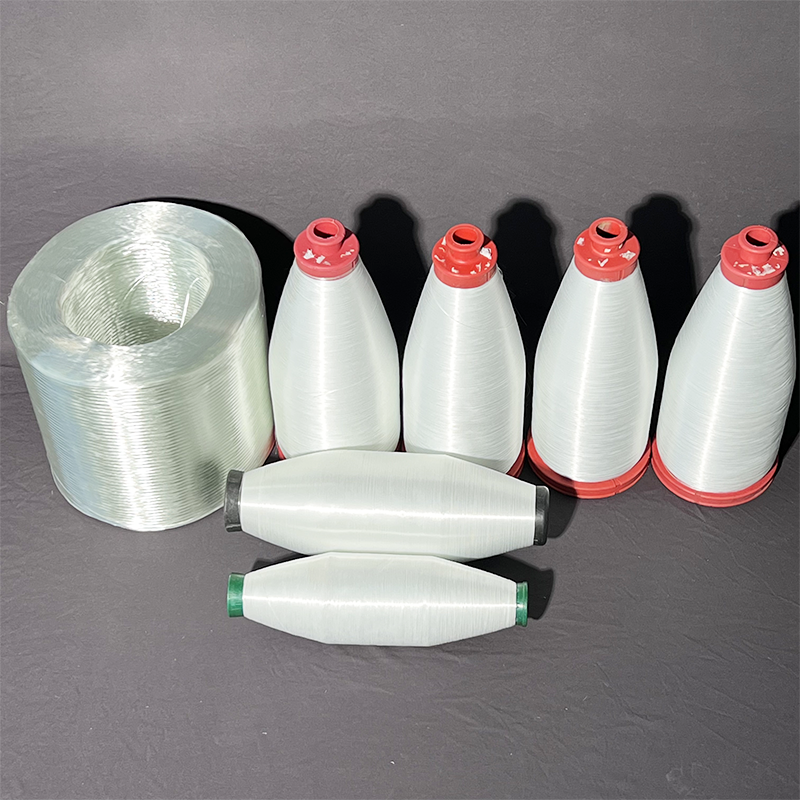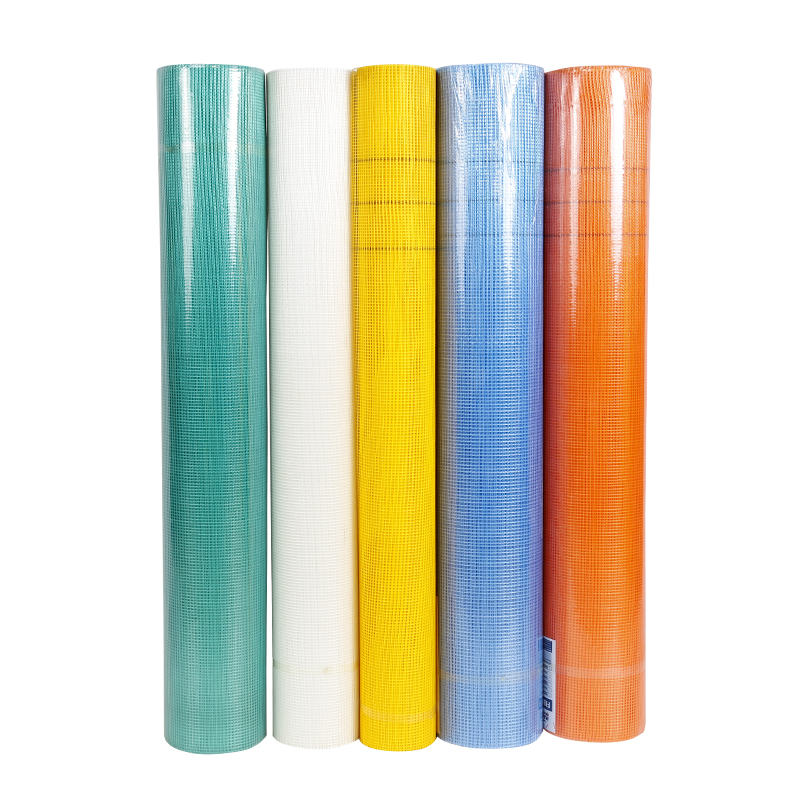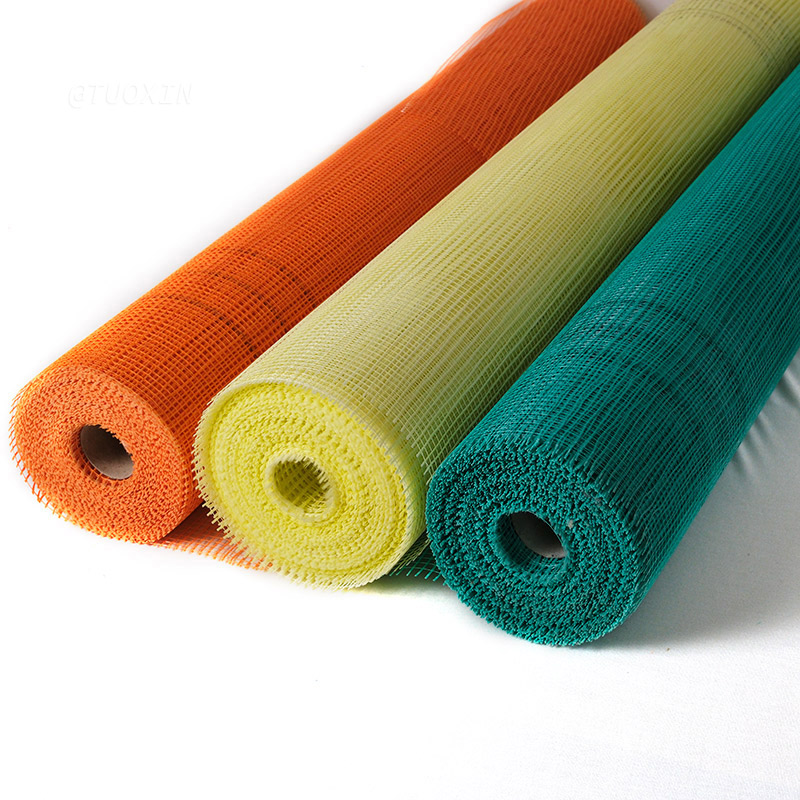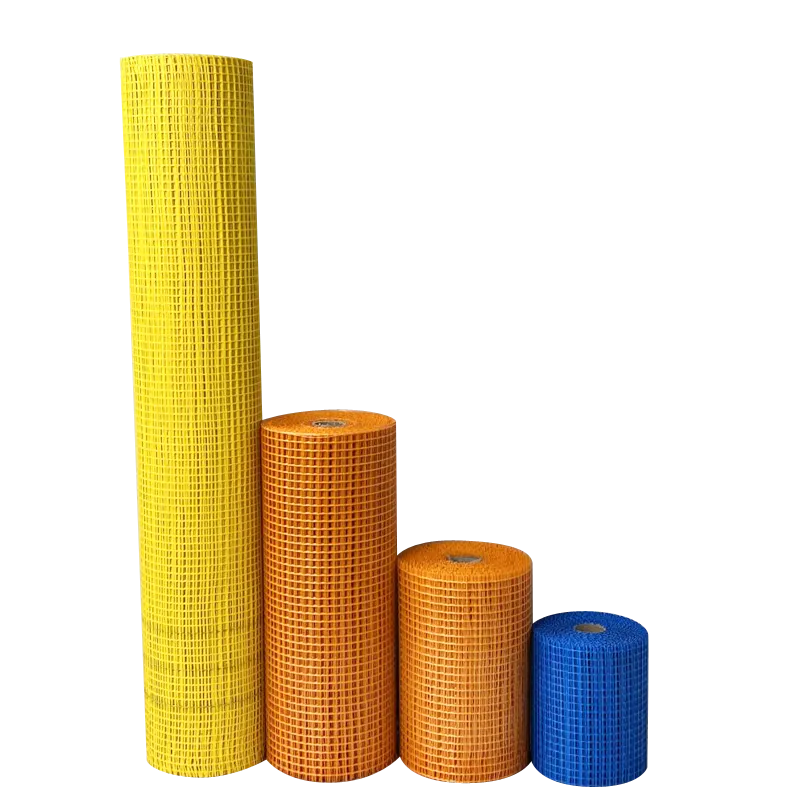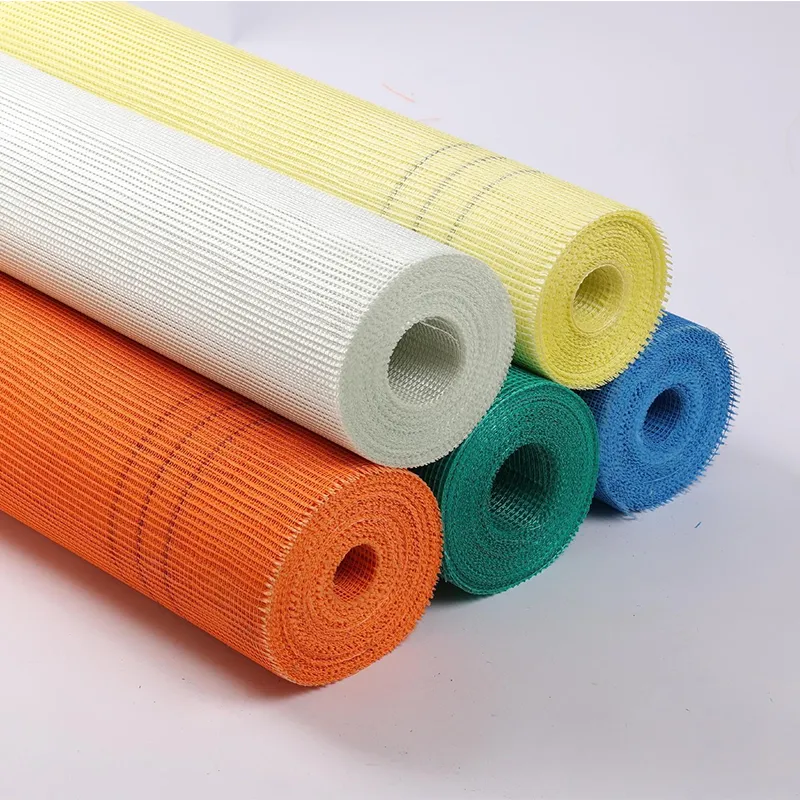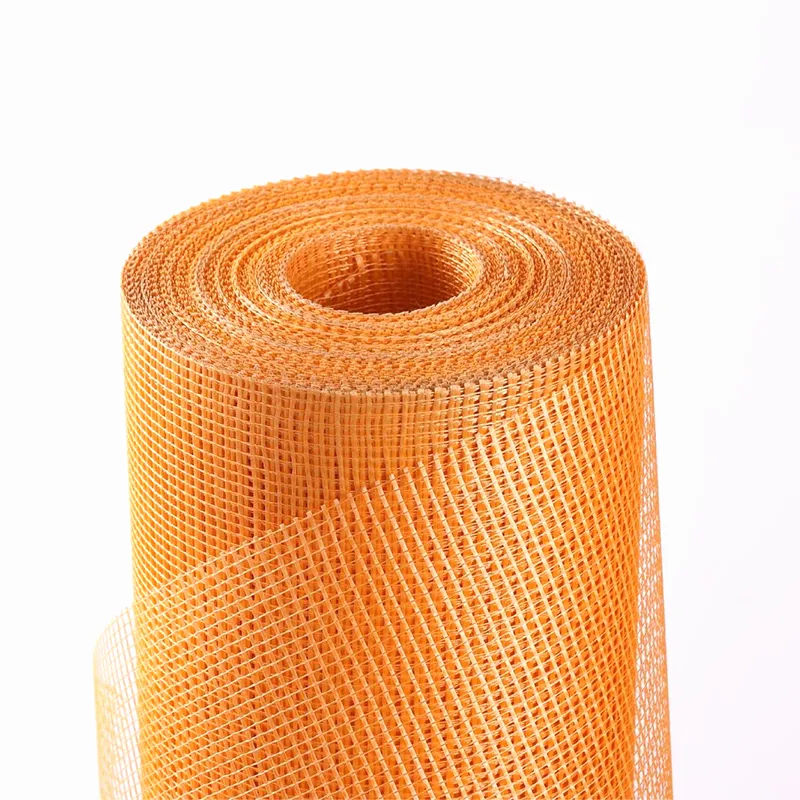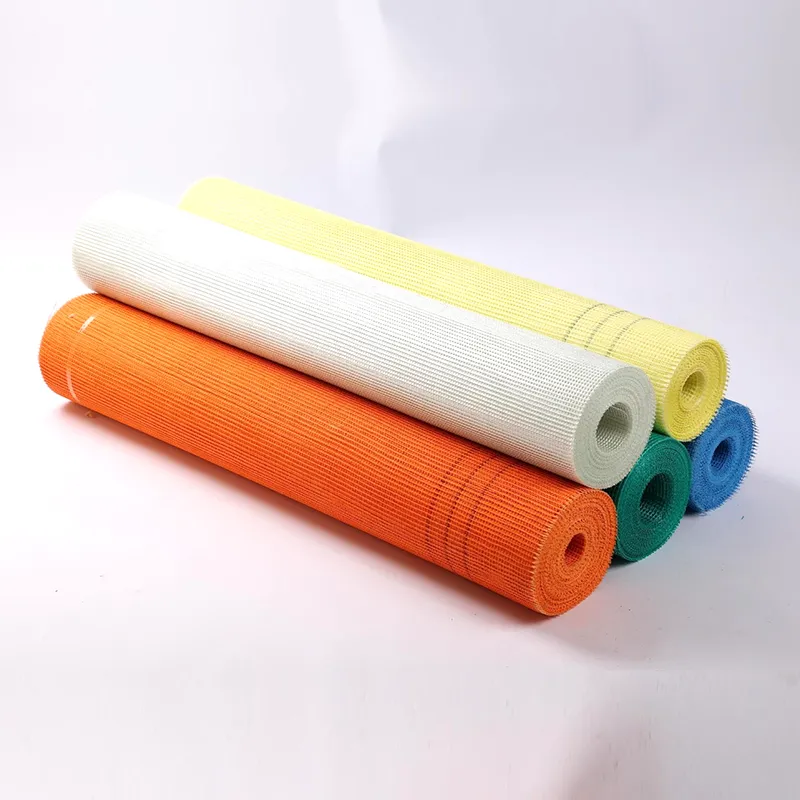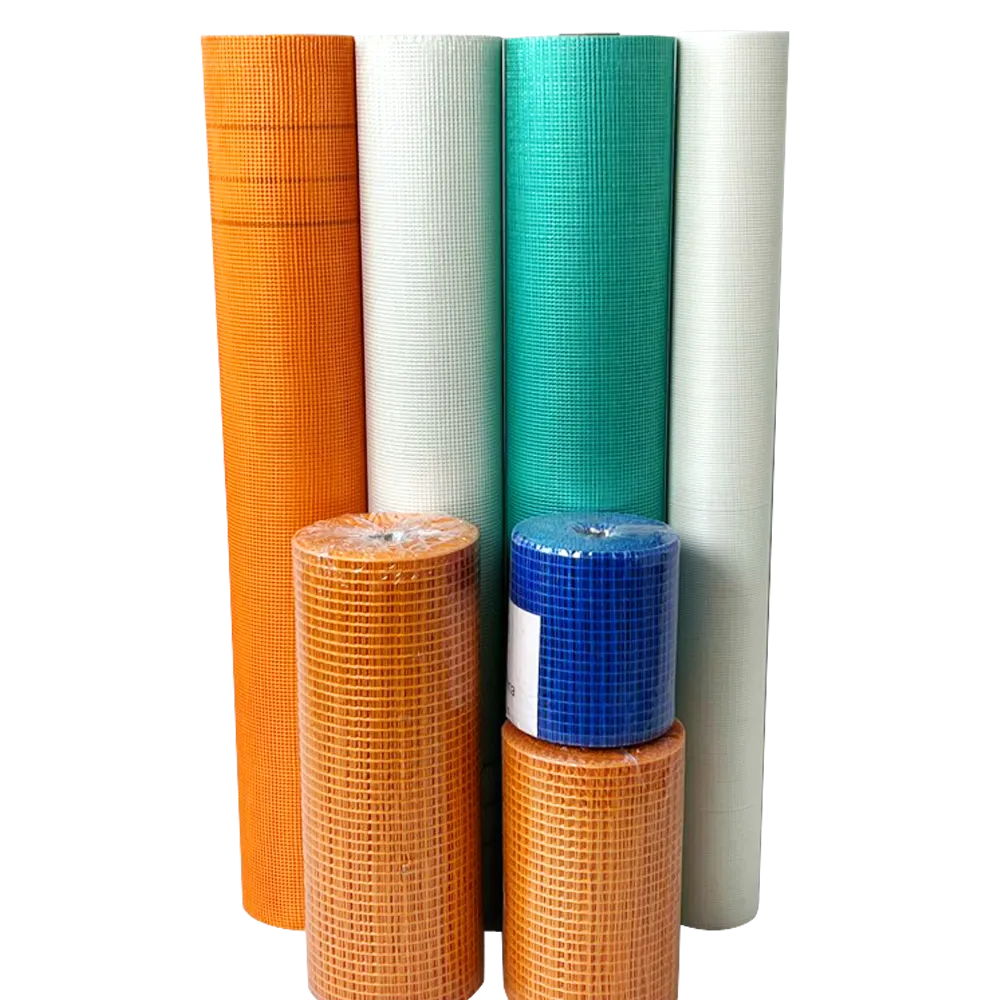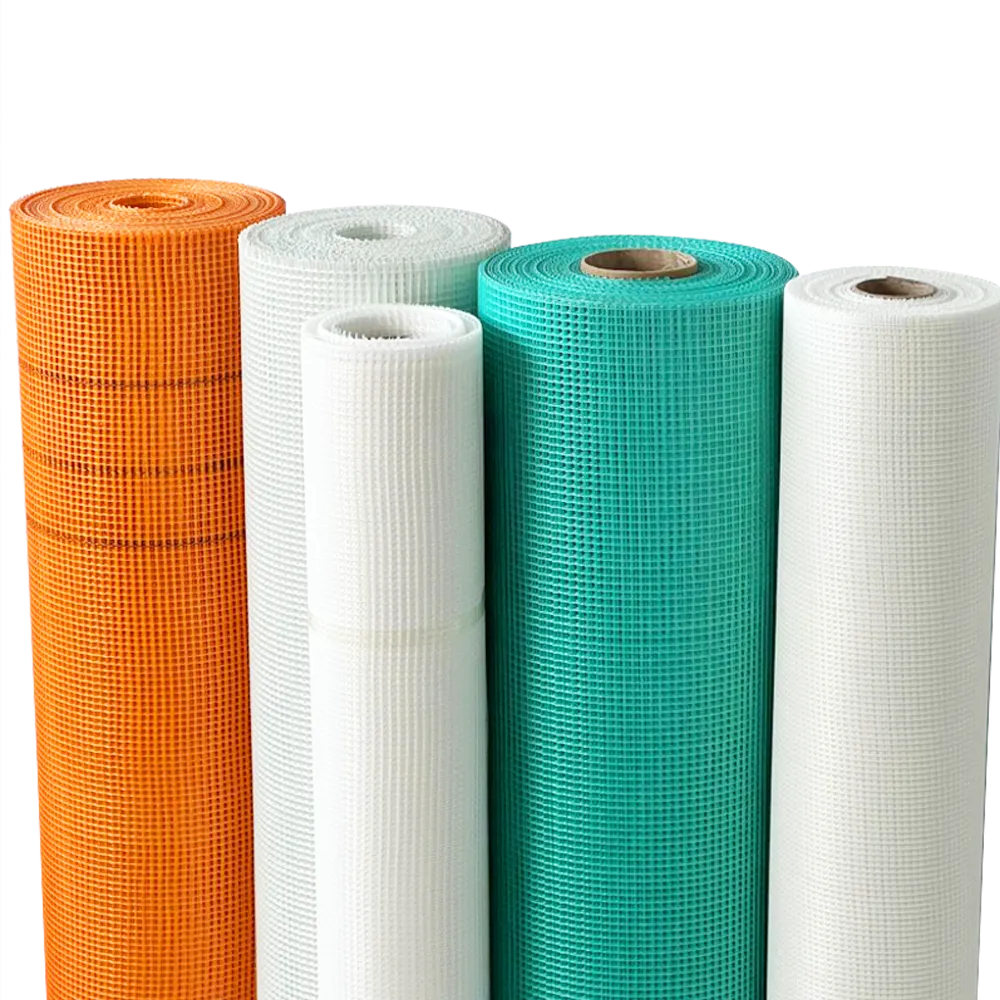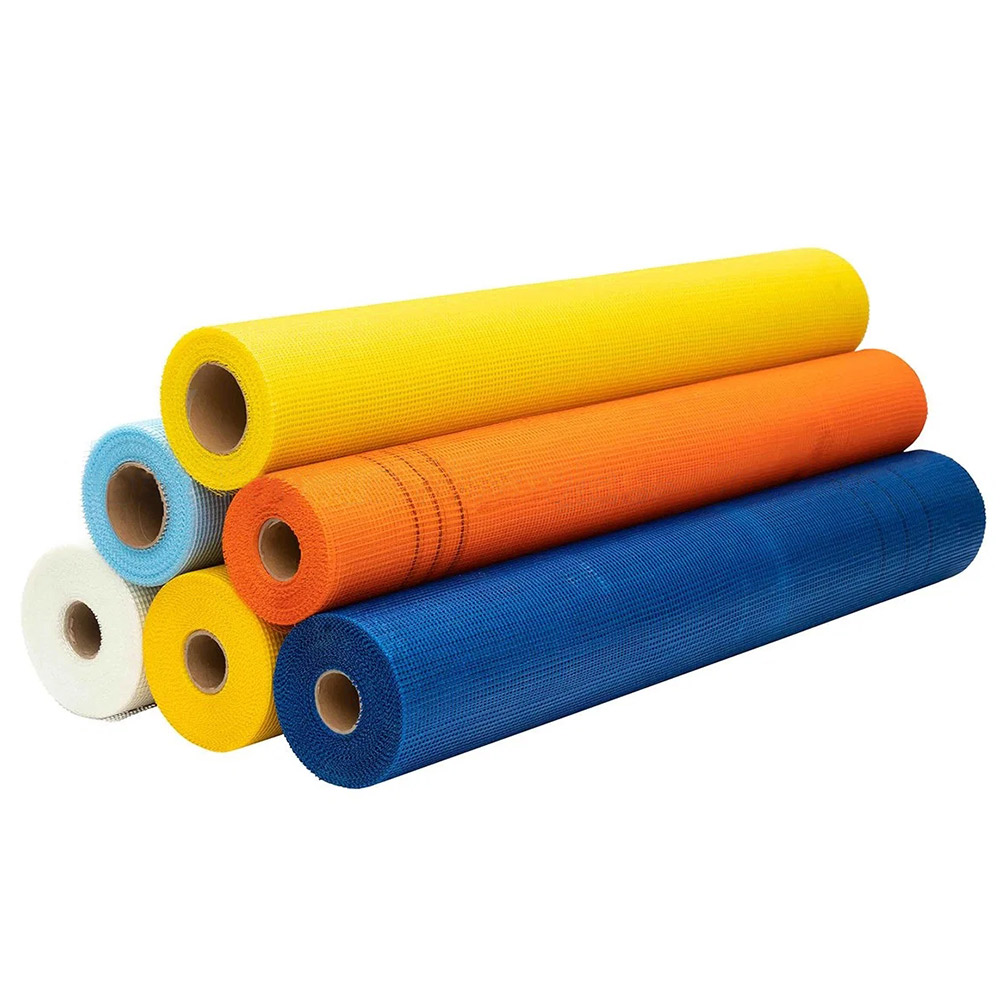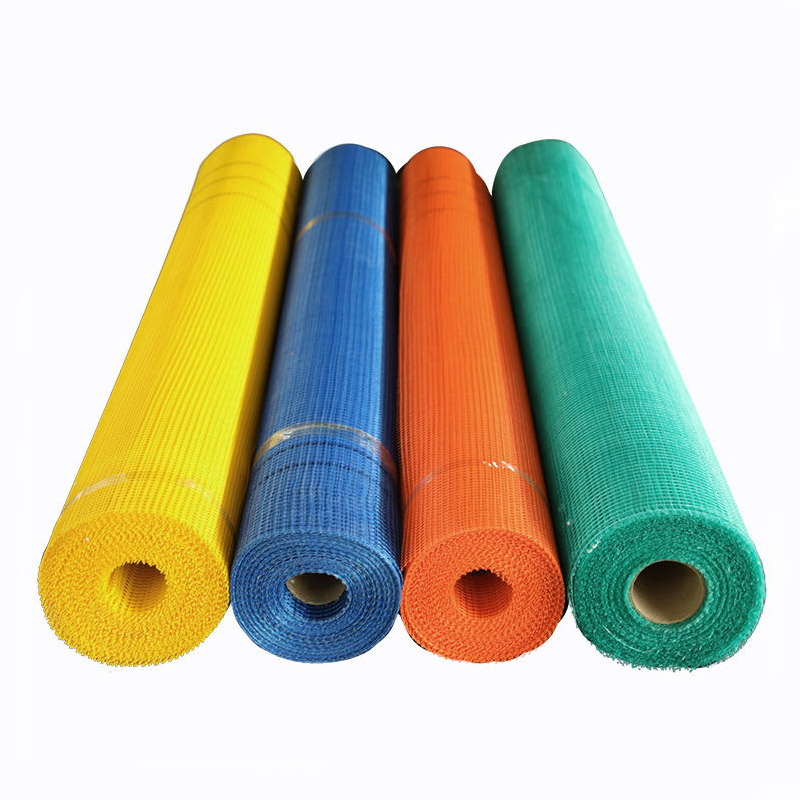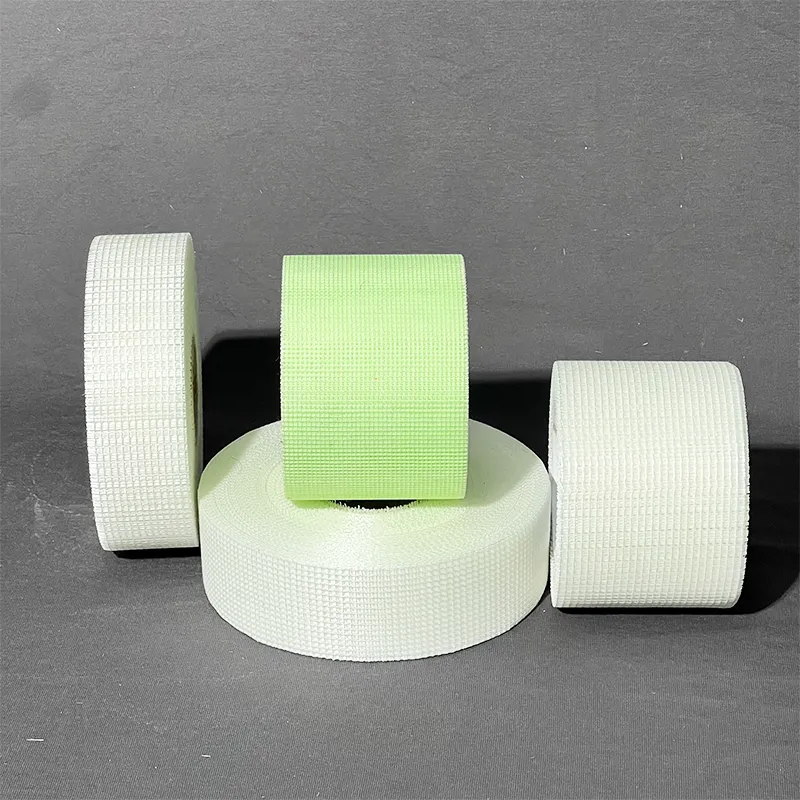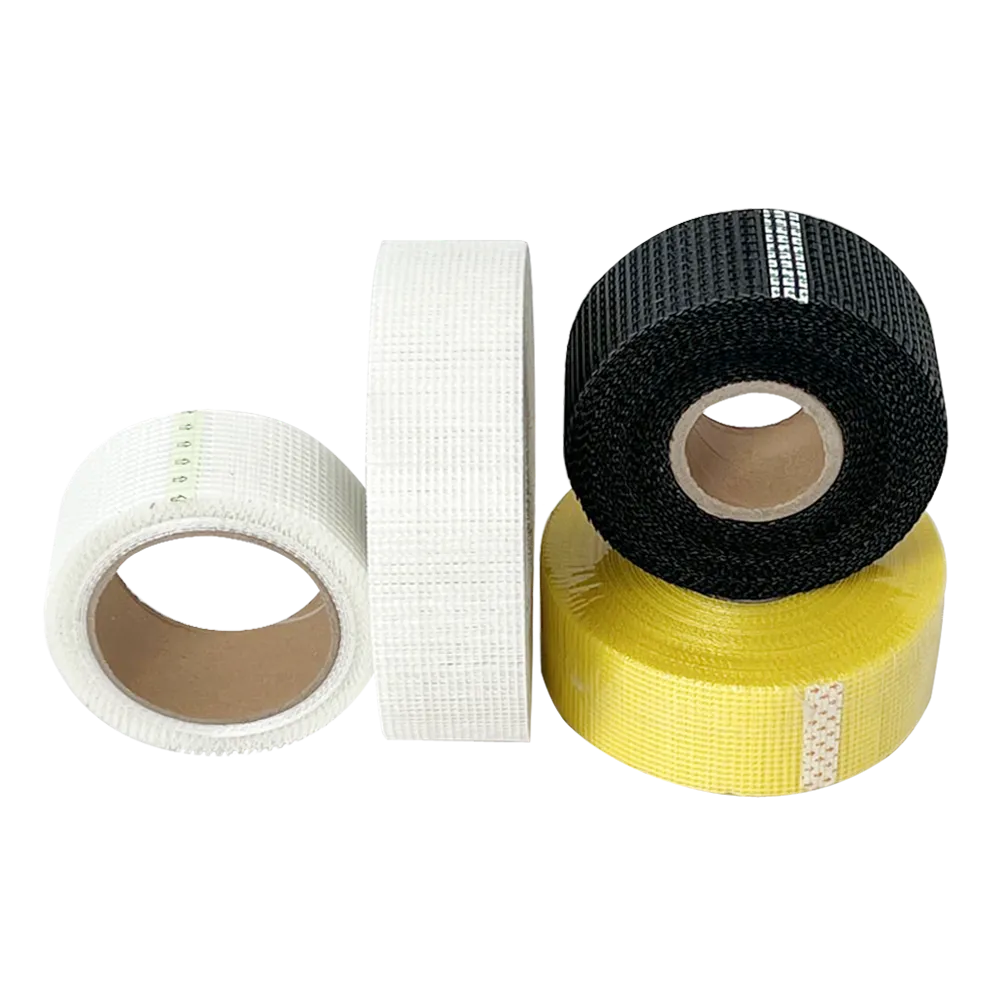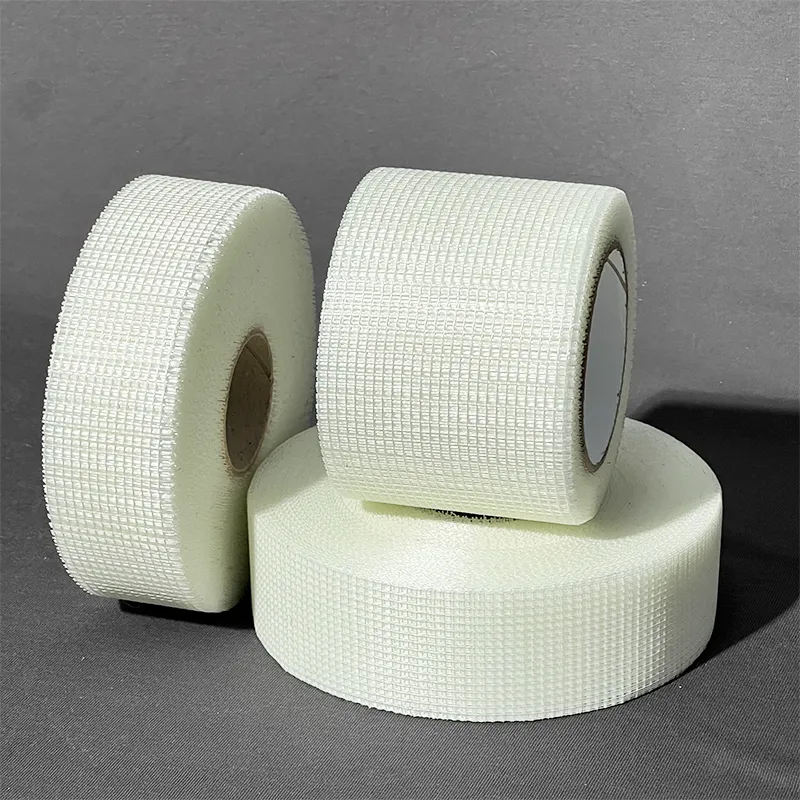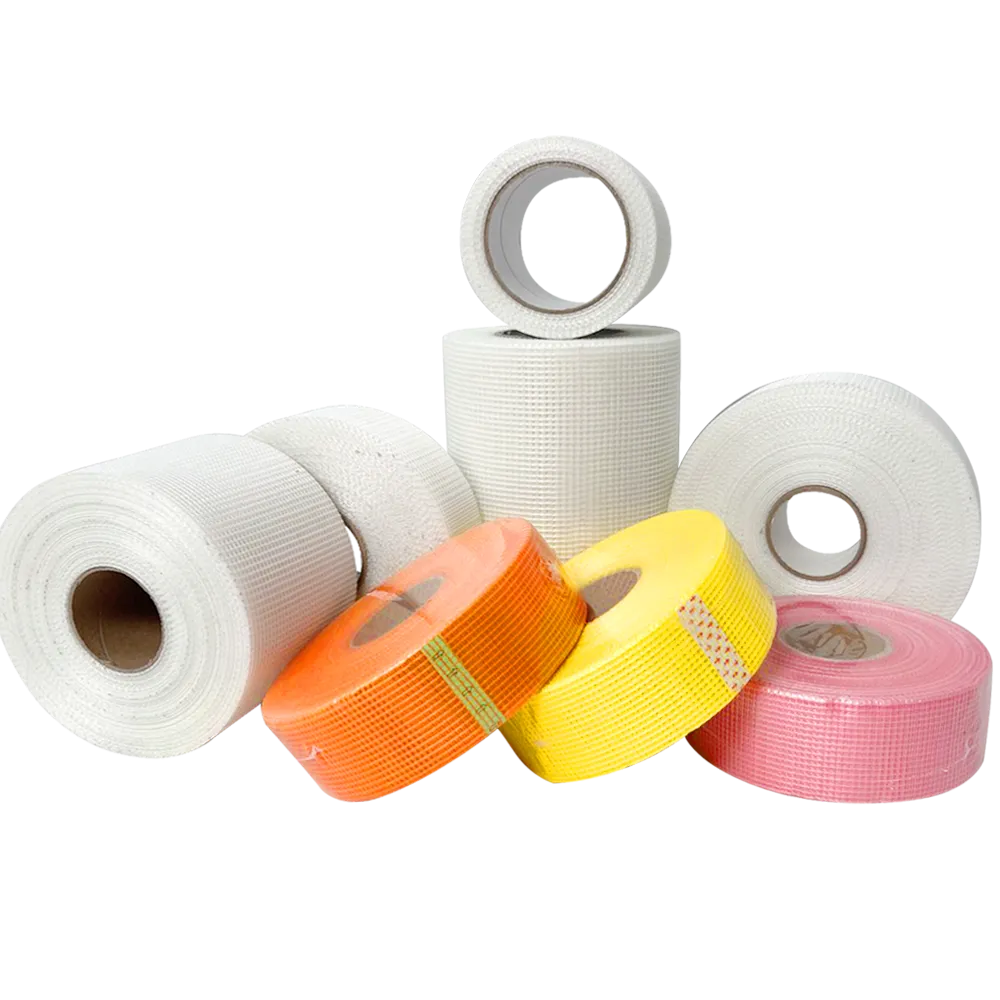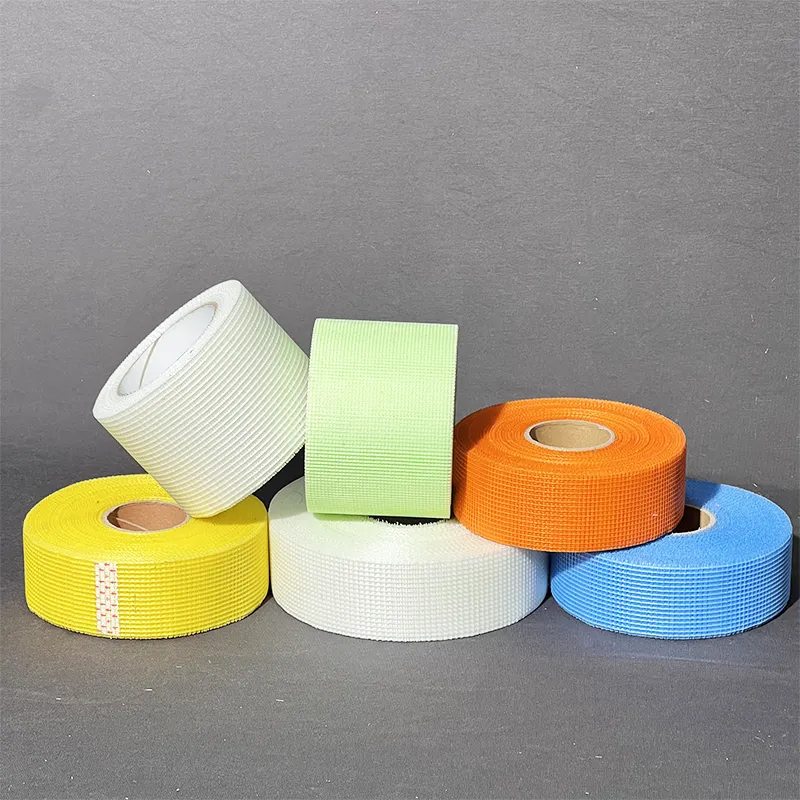Agu . 06, 2025 11:32 Kembali ke daftar
The Versatile Strength of Fiberglass Mesh in Modern Construction
In the ever-evolving world of construction and materials engineering, reinforcement products play a crucial role in enhancing durability, strength, and performance. Among these, fiberglass mesh has gained popularity across various applications—from wall reinforcement to waterproofing systems and floor screeds. Known for its excellent tensile strength, resistance to cracking, and compatibility with a range of substrates, fiberglass mesh is a modern essential in both residential and commercial projects.
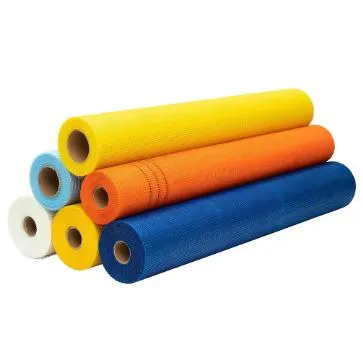
What Is Jaring Fiberglass and How Is It Used?
Fiberglass mes is Made Of The C Or E Glass Fiber Yarn Through A Special Weaving Technique, Then Coated By The Anti alkali And Reinforcing Agent And Treated By High Temperature Heat Finishing. It’s Ideal Engineering Material In Construction And Decoration. After Surface Treatment, The Fiberglass Mesh Has Excellent Properties Including Resistant to acids and alkalis, improves tensile strength and prevents cracking.
Common applications of fiberglass mesh include:
Reinforcing internal and external plaster or stucco
Preventing cracking in wall surfaces
Strengthening waterproofing membranes
Enhancing adhesion and stability of tiles, adhesives, and fillers
Fiber glass mesh (a common alternative spelling) is often used interchangeably with fiberglass mesh. Whether you're referring to fiber glass mesh in Europe or fiberglass mesh in North America, the product serves the same purpose—providing a lightweight yet strong matrix that holds building materials together and resists tension-related damage.
This mesh is easy to cut, simple to embed, and does not rot or rust, making it a long-lasting and cost-effective reinforcement choice for builders and DIYers alike.
Specialized Variants: Jaring Fiberglass
Different types of fiberglass mesh are designed to serve different structural or aesthetic functions. For delicate or detailed finishing work, it is ideal for:
Surface leveling
Preventing hairline cracks in wall coatings
Use in thermal insulation systems
Fiberglass mesh is especially common in EIFS (External Insulation and Finish Systems) where a smooth, crack-resistant basecoat is required before applying decorative finishes. It integrates easily into the thin layer of plaster or basecoat, providing reinforcement without compromising aesthetics.
Advantages and Global Applications of jaring plester fiberglass
When choosing a reinforcement material, contractors consider factors like strength, cost, resistance to environmental factors, and ease of installation. jaring plester fiberglass ticks all the boxes, offering several key benefits:
Anti-Cracking Performance: As cement and plaster dry, they can shrink and develop cracks. jaring plester fiberglass helps distribute stress evenly, reducing the likelihood of cracking.
Chemical Resistance: Thanks to its glass composition and protective coating, fiberglass does not degrade when exposed to alkalis found in cement or external environments.
Fire Resistance: As a non-combustible material,jaring plester fiberglass adds to the fire safety of buildings.
Lightweight Yet Strong: Its low weight makes it easy to handle, yet it adds considerable tensile strength to the material it reinforces.
Around the world, jaring plester fiberglass is a go-to solution in high-rise buildings, highway constructions, bridge reinforcements, and residential renovations. It’s also increasingly used in green construction for insulation systems, contributing to energy efficiency and sustainable development goals.
In developing markets, jaring plester fiberglass is being adopted rapidly thanks to its low cost-to-benefit ratio and the reduced labor effort required during installation.
From stucco reinforcement to waterproofing curved surfaces, fiberglass mesh and its variants such as fiber glass mesh, jaring plester fiberglass, fiberglass mesh, have become indispensable tools in construction and design. They offer a high-strength, lightweight, and flexible reinforcement option that not only extends the life of structures but also enhances finish quality and long-term performance.
As building codes evolve and the demand for energy-efficient, crack-resistant, and sustainable materials increases, the use of fiberglass-based mesh solutions is expected to grow. Whether you're reinforcing a wall, protecting insulation, or working with composite materials, choosing the right type of fiberglass mesh can make a significant difference in the outcome of your project.
-
Strength Beneath the Surface: The Role of fiberglass Mesh Tapes in Drywall and Stucco SystemsBeritaAug.06,2025
-
Reinforcing Modern Surfaces: The Power of Fiberglass Mesh in ConstructionBeritaAug.06,2025
-
Long-Lasting Wall Reinforcement: The Power of Alkaline-Resistant and White Fiberglass mesh TapesBeritaAug.06,2025
-
Building Stronger Walls: The Benefits of Fiberglass mesh Tapes in Drywall ConstructionBeritaAug.06,2025
-
Advanced Reinforcement Solutions: The Role of Alkali-Resistant and White Fiberglass Mesh in Modern PlasteringBeritaAug.06,2025
